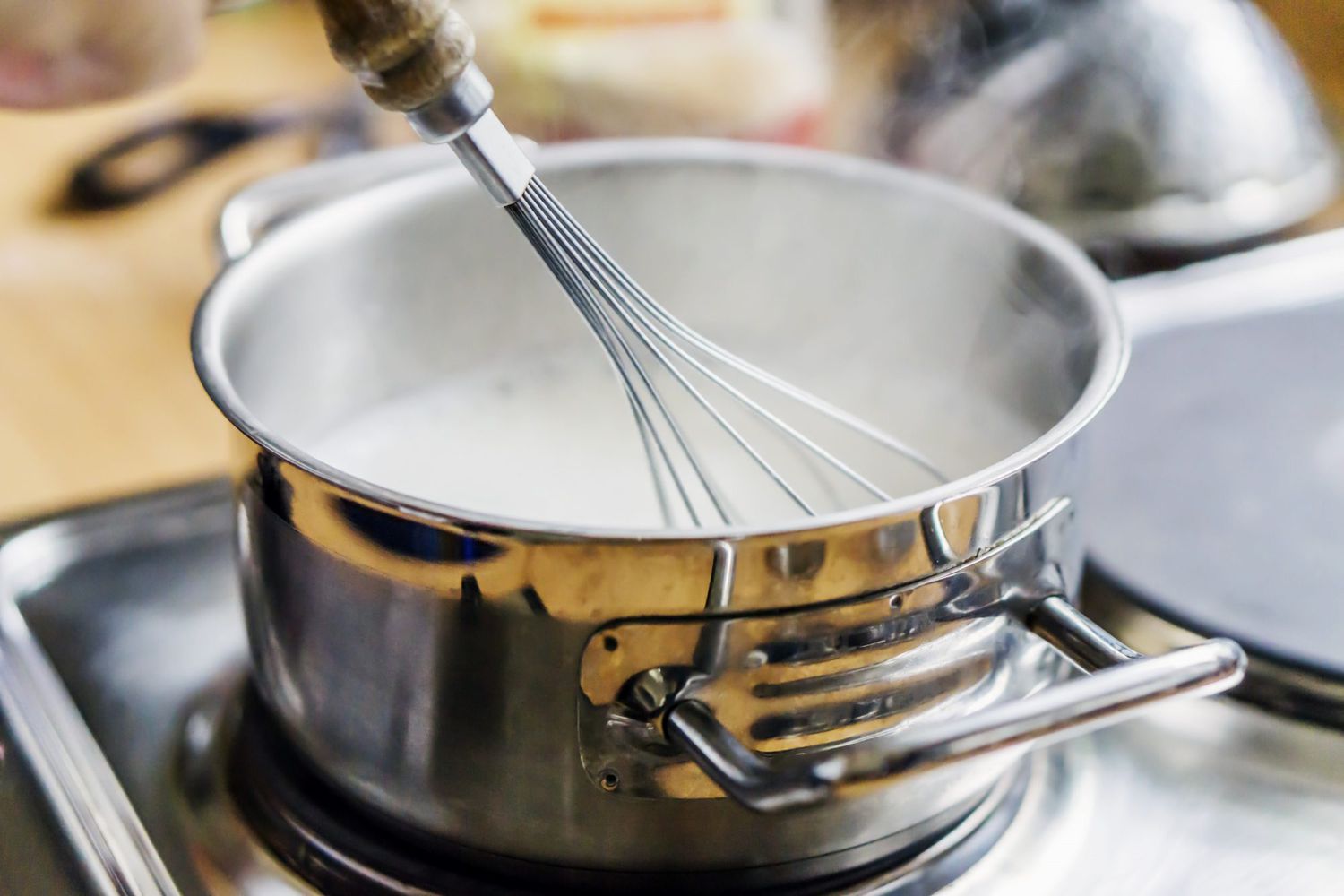Mastering the Technique: How to Scald Milk
Unlock the secrets of scalding milk with this comprehensive guide that walks you through the step-by-step process. Scalding milk is a fundamental technique in cooking and baking, essential for enhancing flavors, improving texture, and ensuring food safety. Let's explore the simple steps to mastering the art of scalding milk in your own kitchen.
1. What is Scalding Milk?
Scalding milk involves heating it to just below the boiling point, typically around 180°F to 190°F (82°C to 88°C). At this temperature, tiny bubbles will begin to form around the edges of the milk, indicating that it is scalded. This process serves several purposes, including pathogen reduction, enzyme activation, protein denaturation, and flavor enhancement.

how to scald milk
2. Steps to Scald Milk:
Follow these easy steps to scald milk like a pro:
-
Choose the Right Equipment: Use a heavy-bottomed saucepan to prevent scorching or burning the milk. Avoid using aluminum or copper pans, as they can react with the milk and affect the flavor.
-
Heat the Milk: Pour the desired amount of milk into the saucepan and place it over medium heat on the stovetop. Stir the milk occasionally with a wooden spoon or heatproof spatula to prevent it from sticking to the bottom of the pan.
-
Monitor the Temperature: Keep a close eye on the milk as it heats up. Use a kitchen thermometer to check the temperature periodically. Once the milk reaches the desired temperature range of 180°F to 190°F (82°C to 88°C), remove it from the heat immediately.
-
Cool and Use as Needed: Once scalded, the milk can be used in various recipes as directed. Allow the milk to cool slightly before incorporating it into your recipe to avoid curdling or affecting the texture of other ingredients.

how to scald milk
3. Tips and Tricks:
-
Be Patient: Avoid rushing the process of scalding milk by using high heat, as this can cause the milk to scorch or boil over. Instead, opt for gentle heat and take your time to achieve the perfect temperature.
-
Stir Occasionally: Stirring the milk occasionally helps distribute the heat evenly and prevents it from forming a skin on the surface.
-
Watch Closely: Keep a close eye on the milk as it heats up, especially as it approaches the desired temperature range. Once you start to see steam rising and tiny bubbles forming around the edges, it's time to remove it from the heat.
Conclusion:
In conclusion, mastering the technique of scalding milk is a valuable skill that can elevate your cooking and baking to new heights. By following these simple steps and tips, you can scald milk with confidence and incorporate it into your favorite recipes with ease. Whether you're making custards, puddings, bread, or beverages, scalded milk adds a rich and flavorful touch that's sure to impress.